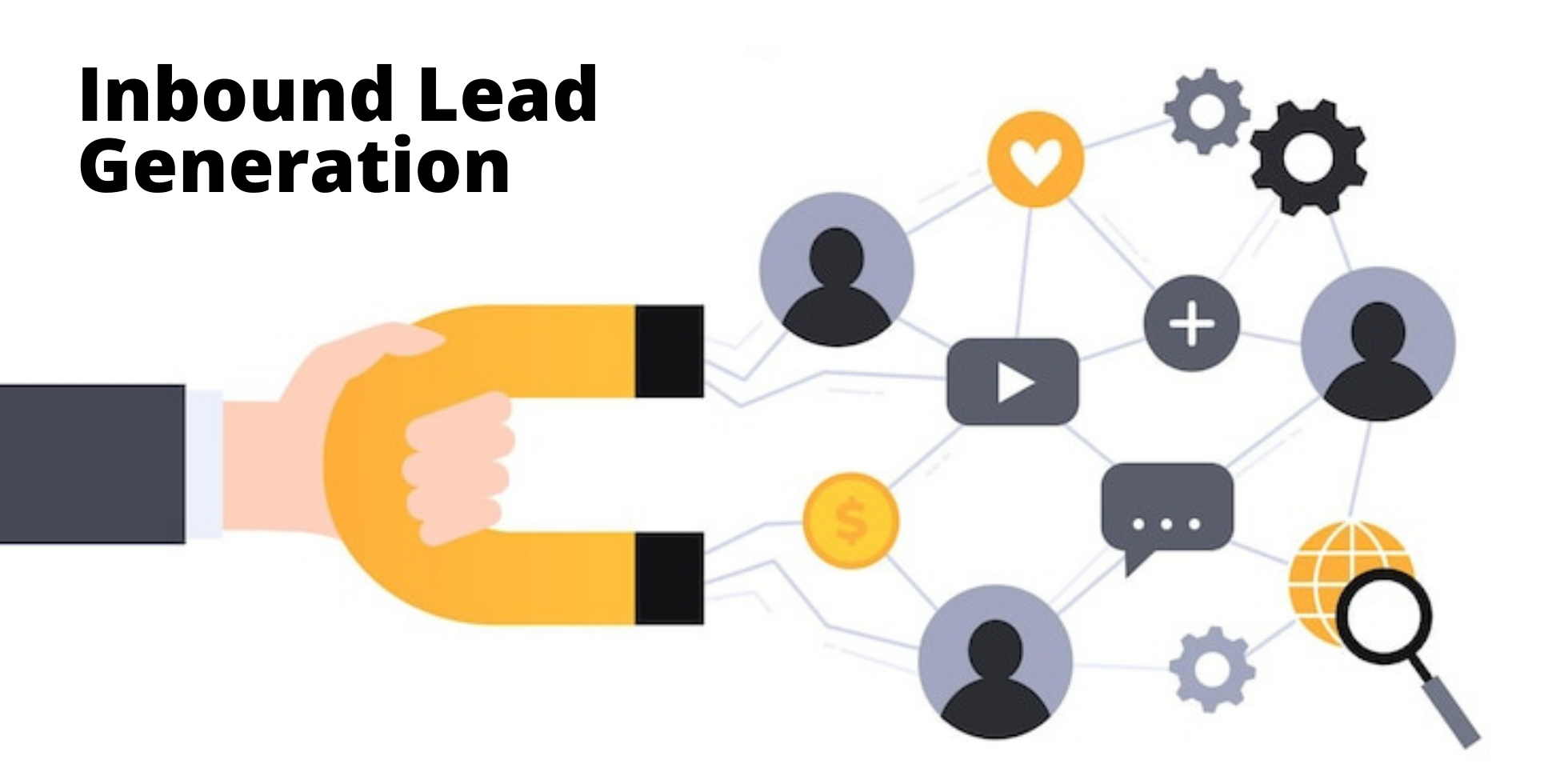A Sales Representative is someone whose primary task is to facilitate the sales of products or...
What Every Business Needs to Know About Lead Generation

Lead generation is a process in sales that involves reaching or attracting a prospective client or customer and engaging them. The whole process aims to engender their interest in what you do with the end goal of converting them to customers.
B2B is an acronym for business-to-business. Hence, B2B lead generation is getting businesses interested in and potentially patronising other businesses.
A lot of work goes into lead generation, and that’s no surprise because it’s a crucial part of increasing business sales. This article explains leads, lead types, the importance of lead generation, and best practices for lead generation.
How Important is Lead Generation?
Lead generation is a vital part of growing a business. There are different benefits it brings, and here are some of them:
-
It helps you with reassessment:
Lead generation involves handling a vast amount of data. With this data, you can know what your typical customer is like and what they need. You can then use your knowledge to improve your product and give it an edge in the competitive market.
-
Lead generation increases the public’s awareness of your brand:
During lead generation, you will try to convince your prospect to engage your service or buy your product. It means speaking extensively about your product and highlighting the benefits. The said prospect ultimately knows so much about the product.
The more prospects you reach, the more your brand awareness increases. It may even lead to a ripple effect, as your prospect could tell someone about the brand who could, in turn, tell another person.
-
Increased Profits:
Considering the first two benefits mentioned, a constantly improving brand and an increased brand awareness will most likely result in increased revenue.
Now that we know why lead generation is vital, let’s discuss how it works.

What Is A Lead?
A lead is a potential client/customer or someone who expresses interest of any form or magnitude in a brand’s product. Leads are often grouped based on how they were gotten or the stage they are currently at. Let’s talk about some of them.
- Cold or Warm Leads:
They are categorized based on the customer’s expression of interest. Cold leads also referred to as outbound leads are leads gotten through a series of targeting strategies or from tools employed to aid lead generation.
Warm leads, or inbound leads, on the other hand, refer to people who have already expressed a form of interest. Let’s say someone clicked a button that said “Notify me when you launch” or subscribed to your blog, they are assumed to have shown interest and are warm leads.
- MQL, PQL, and SQL:
A Marketing Qualified Lead (MQL) could refer to someone who fits your ideal persona and is likely to buy, but has not proven to be ready yet. Usually, the lead is passed on to the sales team to continue the process.
A Sales Qualified Lead (SQL) is someone who has been cross-checked by the marketing team and passed on to the sales team for the next stage. They most probably would have signified interest in making a purchase and can accommodate follow-up engagements from the sales team.
A Product Qualified Lead (PQL) typically refers to people who have had a taste of your product and have expressly shown interest in becoming paying users. They could be people who used the demo version of your product and want to pay to use the premium version and unlock the full features.
Outbound Lead Generation Processes
Outbound lead generation is arguably more tasking than inbound lead generation. It is largely because the targeted people have not expressed interest in the product yet. Let’s talk about some of the processes involved in outbound lead generation.

-
Cold Emails:
A cold email aims to stimulate a conversation with a potential buyer who has shown no previous interest in your product. It is usually short, yet captures the essence of your product and how it could potentially help the prospect.
To yield further conversations, a cold email is best personalized. Hence, it shouldn’t be a generic template that you copy and paste to send to several prospects. Rather, you should take time to learn about your prospect. It would help you in writing an email that best grabs their attention.
-
Cold Calls:
Cold calls are similar to cold emails, except they happen through voice calls and may be tougher. During cold calls, you have less time to think and curate a response. Therefore, it is necessary to prepare ahead by performing adequate research about the prospect and drafting responses to as many likely questions.
-
Content Syndication:
You can use your content as a conversation starter or an interest quickener by republishing to multiple sites or sharing excerpts word-for-word. Although content marketing is largely used in inbound lead generation, it could also work here.
Inbound Lead Generation Processes
As explained earlier, inbound lead generation involves reaching out to people who have already indicated an interest in your product or service, aiming to convert them into paying customers. Below are some of the proven ways to make this happen.

-
Search Engine Optimization (SEO):
Investing in SEO is never a wrong move. It’s a process that requires much effort to kickstart and minimal effort to maintain. A way to get a great SEO score is to include the keywords of queries they would most likely search for in your content or on your landing page.
Paying attention to and working on your brand’s SEO is a hack to effective lead generation. It positions your brand to pop up when prospective customers research their problems on the internet.
-
The Use of Social Media:
As of October 2021, 4.47 billion people worldwide were already using social media, and these include your target audience. Leads can be generated from many of these platforms: Facebook, LinkedIn, Twitter, Instagram, etc.
Social media is an effective way to reach people who are your target audience and those who know your potential customers with your product. Using the power of ads and the uniqueness of each platform, you can harness the goodness of social media for lead generation.
-
Creative and Consistent Content Marketing:
Content is king, and content marketing is a proven way to generate leads. Almost everyone comes in contact with different forms of content daily, whether visual, audio or text. Different strokes for different folks, in this case, is a warning to not jump on any trend but properly decipher which works best based on your target audience.
Some of the strategies involved in content marketing include blogs, podcasts, videos, how-to guides, infographics, articles, etc. You could also create a free tool or a free piece of information to collect emails and reach out to them later.
Lead Generation Tools

Lead generation could be tiring, but there are several tools for different stages available to make it somewhat seamless.
- Email Lookup Tools: These tools will help you get multiple emails in minutes. They include Hunter.io, Cocofinder.com, SellHack, UpLead, etc.
- Sales Automation Tools [or Customer Relationship Management (CRM) tools]: These tools will help keep track of and interact with your customers. A good example is Hubspot.
- Scheduling Tools: With scheduling tools, you can book calls with prospects easily and avoid clashing appointments. An example of an excellent scheduling tool is Calendly.
Of all the duties of a sales team, lead generation is one of the most tasking and time-consuming but also very rewarding. Fortunately, some tools and resources can help you navigate this role. I hope this piece was one of them.


